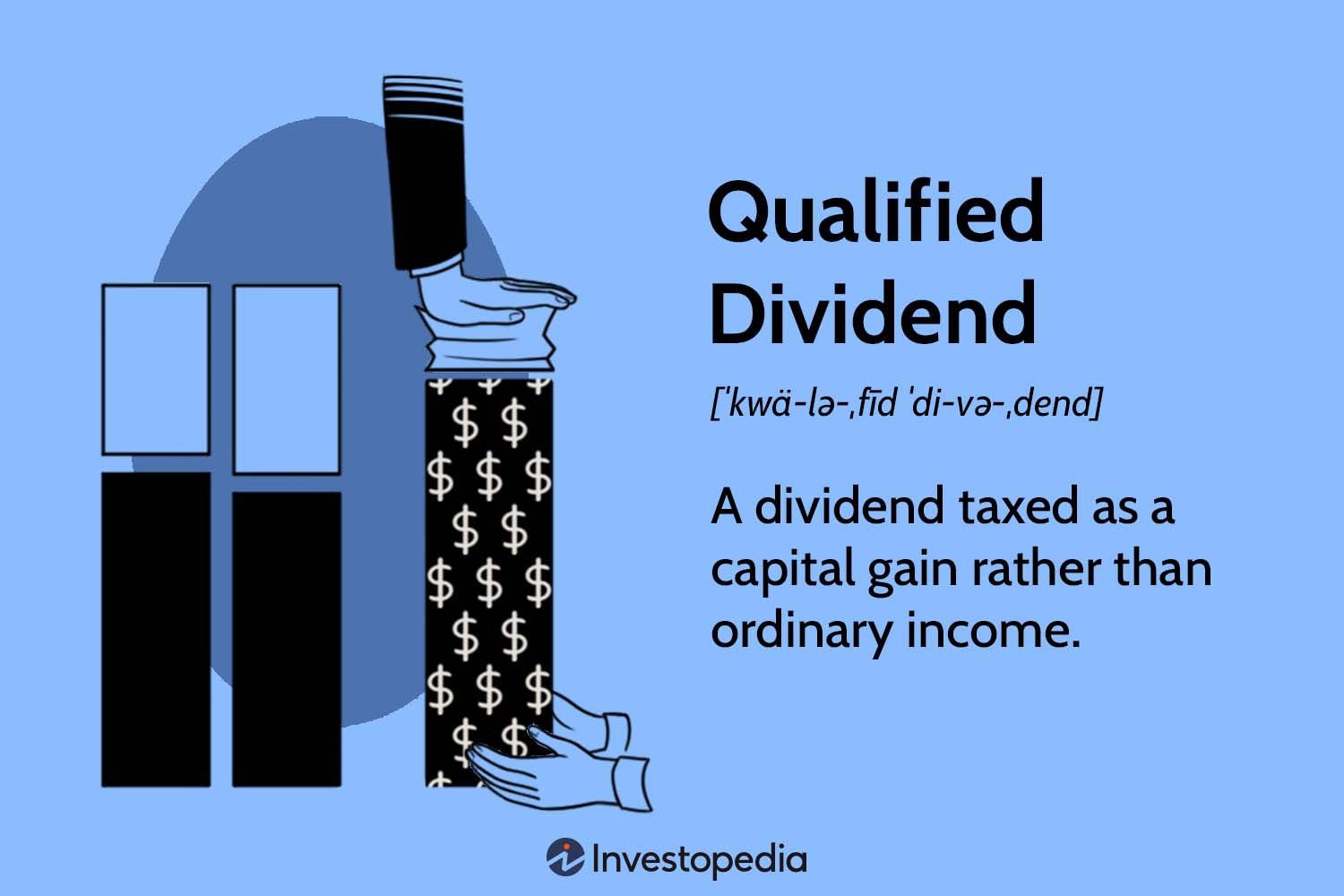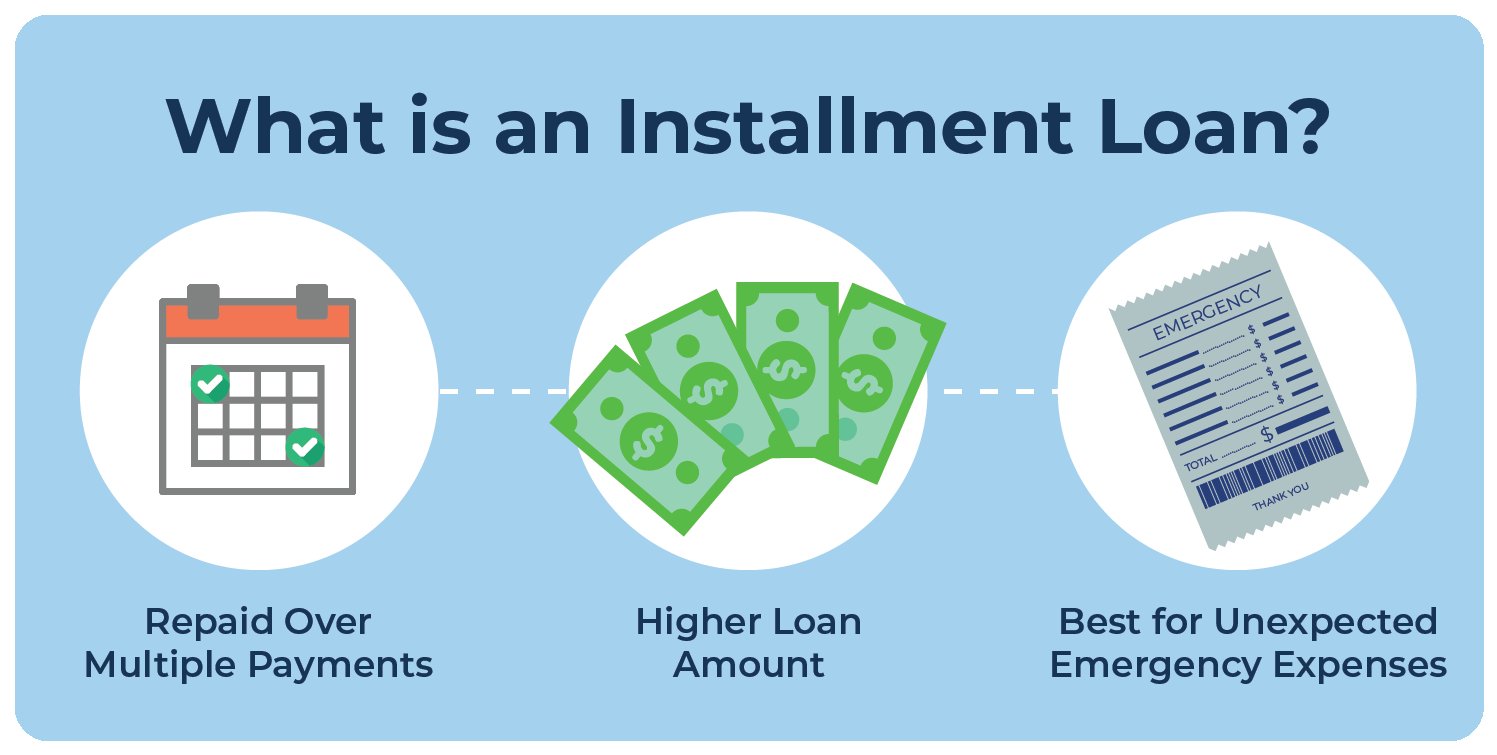Are you curious about what exactly a qualified dividend in taxation means? Well, you’re in the right place! Let’s dive straight into the topic without any unnecessary preamble. A qualified dividend in taxation refers to a type of dividend that is taxed at a lower rate than ordinary dividends. By understanding the ins and outs of qualified dividends, you’ll gain valuable insight into optimizing your tax strategy. So, let’s explore the world of qualified dividends in taxation and how they can potentially benefit you.
What is a Qualified Dividend in Taxation?
When it comes to understanding taxes, it’s essential to have a clear understanding of different types of income and how they are taxed. Dividends are one such form of income that investors receive from their investments in stocks and mutual funds. However, not all dividends are treated equally when it comes to taxation. The United States tax system recognizes qualified dividends as a separate category that enjoys preferential tax treatment. In this article, we will delve into the details of what exactly qualifies as a qualified dividend and how it affects your tax liability.
Dividends: An Overview
Before we dive into the specifics of qualified dividends, let’s first understand what dividends are. Dividends are payments made by corporations to their shareholders as a way to distribute a portion of their profits. When a company earns profits, it has the option to reinvest them back into the business or distribute them to its shareholders.
When you own shares in a company that pays dividends, you become entitled to receive a share of those profits. Dividends can be paid in the form of cash, additional shares, or even property. These payments serve as a reward to stockholders for their investment and ownership in the company.
Qualified Dividends vs. Non-Qualified Dividends
The tax treatment of dividends depends on whether they are classified as qualified or non-qualified. Qualified dividends are taxed at a lower rate, similar to long-term capital gains. On the other hand, non-qualified dividends are subject to ordinary income tax rates, which are typically higher.
To be considered a qualified dividend, certain requirements must be met. These requirements are imposed by the Internal Revenue Service (IRS) and are designed to ensure that only genuinely qualified dividends receive preferential tax treatment.
Requirements for Qualified Dividends
To qualify for preferential tax treatment, dividends must meet the following requirements:
1. Holding Period: The stock on which the dividend is paid must be held for a specific duration of time. This holding period requirement is met if you hold the stock for more than 60 days during the 121-day period that begins 60 days before the ex-dividend date. The ex-dividend date is the date on which new buyers of the stock are no longer entitled to the upcoming dividend payment.
2. Type of Stock: The dividend must be paid by a U.S. corporation, a qualified foreign corporation, or a foreign corporation that is eligible for benefits under a comprehensive income tax treaty with the United States.
It’s important to note that dividends received from real estate investment trusts (REITs), mutual funds, or master limited partnerships (MLPs) do not qualify for preferential tax treatment. These dividends are usually classified as non-qualified dividends and are subject to ordinary income tax rates.
Tax Rates for Qualified Dividends
One of the main advantages of qualified dividends is the lower tax rates applicable to them. As of the current tax year (2021), qualified dividends are taxed at the following rates based on the individual’s taxable income:
– 0% tax rate for those in the 10% and 12% tax brackets.
– 15% tax rate for those in the 22%, 24%, 32%, or 35% tax brackets.
– 20% tax rate for individuals in the 37% tax bracket.
These tax rates allow investors to enjoy lower taxes on their dividend income, making them an attractive source of investment returns for many.
Reporting Qualified Dividends
When it comes to reporting your dividend income on your tax return, it is important to differentiate between qualified and non-qualified dividends. This is because they are reported on different parts of your tax return, and incorrect reporting can lead to discrepancies and potential audits.
Qualified dividends are reported on Line 3a of Form 1040 or 1040-SR, which is the designated line for reporting dividends that qualify for the lower tax rates. Non-qualified dividends, on the other hand, are reported on Line 3b of the same forms.
It’s crucial to ensure that you accurately report your dividend income and correctly identify which dividends qualify as qualified dividends. If you are unsure about the classification of certain dividends, it is advisable to consult with a tax professional who can guide you through the process.
Benefits of Qualified Dividends
The preferential tax treatment of qualified dividends brings several benefits to investors. Some key advantages include:
1. Lower Tax Rates: Qualified dividends are subject to lower tax rates than ordinary income, allowing investors to keep a larger portion of their dividend income.
2. Long-Term Capital Gains Treatment: Qualified dividends are treated similarly to long-term capital gains, which means they are taxed at a lower rate for individuals in higher tax brackets. This can result in significant tax savings.
3. Attractive Investment Returns: The lower tax burden on qualified dividends makes them more appealing to investors seeking income from their investments. It provides an additional incentive to invest in dividend-paying stocks or mutual funds.
4. Income Diversification: Qualified dividends offer a potential source of income diversification, especially for individuals heavily reliant on other sources of income, such as wages or interest income. Dividends can provide a steady stream of income, potentially reducing reliance on other volatile income sources.
In conclusion, qualified dividends have their own set of criteria and enjoy preferential tax treatment compared to non-qualified dividends. Understanding the difference between the two types of dividends and the associated tax implications is crucial for investors. By meeting the requirements and reporting them correctly, investors can benefit from the lower tax rates and potentially increase their after-tax investment returns. Always consult with a tax professional to ensure accurate reporting and compliance with tax laws.
Qualified Dividend and Capital Gains Tax Worksheet?
Frequently Asked Questions
Frequently Asked Questions (FAQs)
What is a qualified dividend in taxation?
A qualified dividend refers to a type of dividend income that is eligible for lower tax rates. It is usually derived from stocks held for a certain period and meets specific criteria set by the Internal Revenue Service (IRS).
How are qualified dividends taxed?
Qualified dividends are subject to different tax rates than ordinary dividends. For most taxpayers, the tax rate on qualified dividends ranges from 0% to 20%, depending on their taxable income and filing status.
What are the requirements for a dividend to be qualified?
To be considered qualified, a dividend must meet several requirements. The key criteria include the holding period of the stock, the type of stock, and the dividend payment itself. Generally, the stock must be held for more than 60 days during the 121-day period that begins 60 days before the ex-dividend date.
Are all dividends considered qualified for taxation purposes?
No, not all dividends are considered qualified for taxation purposes. Dividends that do not meet the specific criteria set by the IRS are regarded as ordinary dividends and are taxed at the individual’s ordinary income tax rates.
Is there a separate tax form for reporting qualified dividends?
No, qualified dividends are reported on the individual’s regular income tax return using Form 1040 or Form 1040A. The dividends must be included in the dividend income section of the tax return.
Do qualified dividends affect the taxpayer’s adjusted gross income (AGI)?
Yes, qualified dividends are part of the taxpayer’s adjusted gross income (AGI). They are included in the calculation of AGI, which affects various tax deductions, exemptions, and credits that are tied to AGI.
Can foreign dividends be considered qualified dividends?
Foreign dividends can be qualified dividends if they meet the eligibility requirements set by the IRS. However, there may be additional criteria and reporting obligations for foreign dividends, such as the need to file Form 1116 to claim a foreign tax credit.
What is the difference between qualified dividends and ordinary dividends?
The main difference lies in the tax treatment. Qualified dividends are eligible for lower tax rates that range from 0% to 20%, while ordinary dividends are subject to an individual’s ordinary income tax rates, which are typically higher. The eligibility criteria and holding period also differ between the two.
Final Thoughts
A qualified dividend in taxation refers to a type of dividend that is eligible for a reduced tax rate. It is important to understand the criteria for a dividend to be classified as qualified, as this can have a significant impact on your tax liability. In order to qualify, the dividend must meet certain requirements set by the IRS, such as being paid by a U.S. corporation or a qualified foreign corporation. Additionally, the holding period of the stock and the type of stock must also meet specific criteria. By ensuring that you receive qualified dividends, you can potentially lower your overall tax burden. So, what is a qualified dividend in taxation? It is a dividend that meets the necessary criteria to be eligible for a reduced tax rate.



